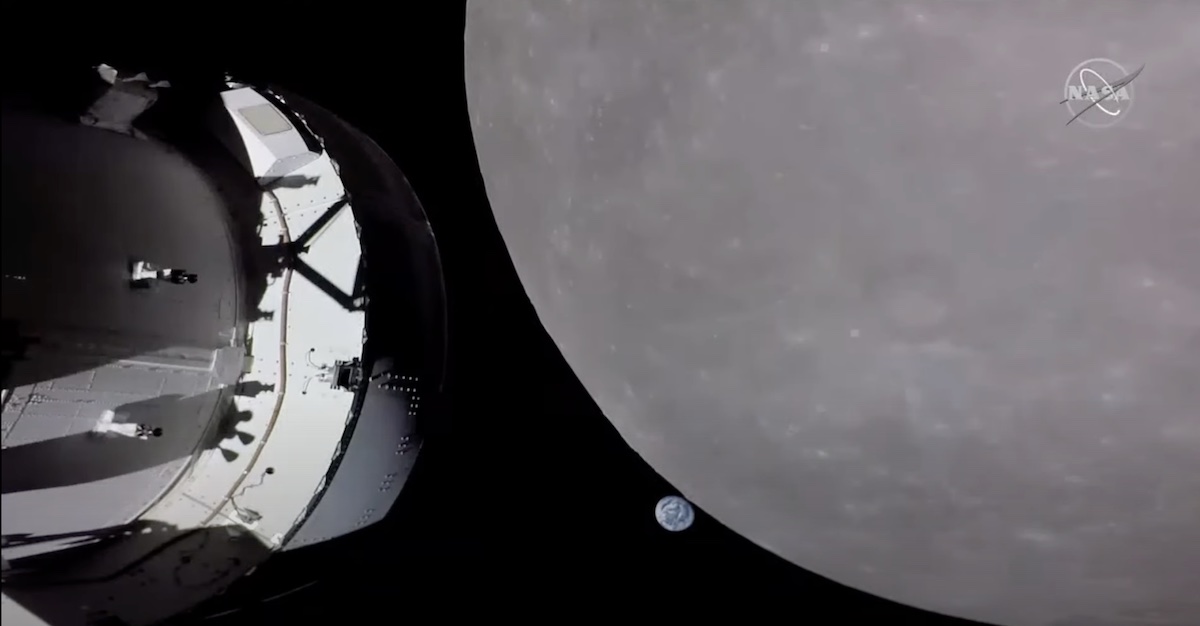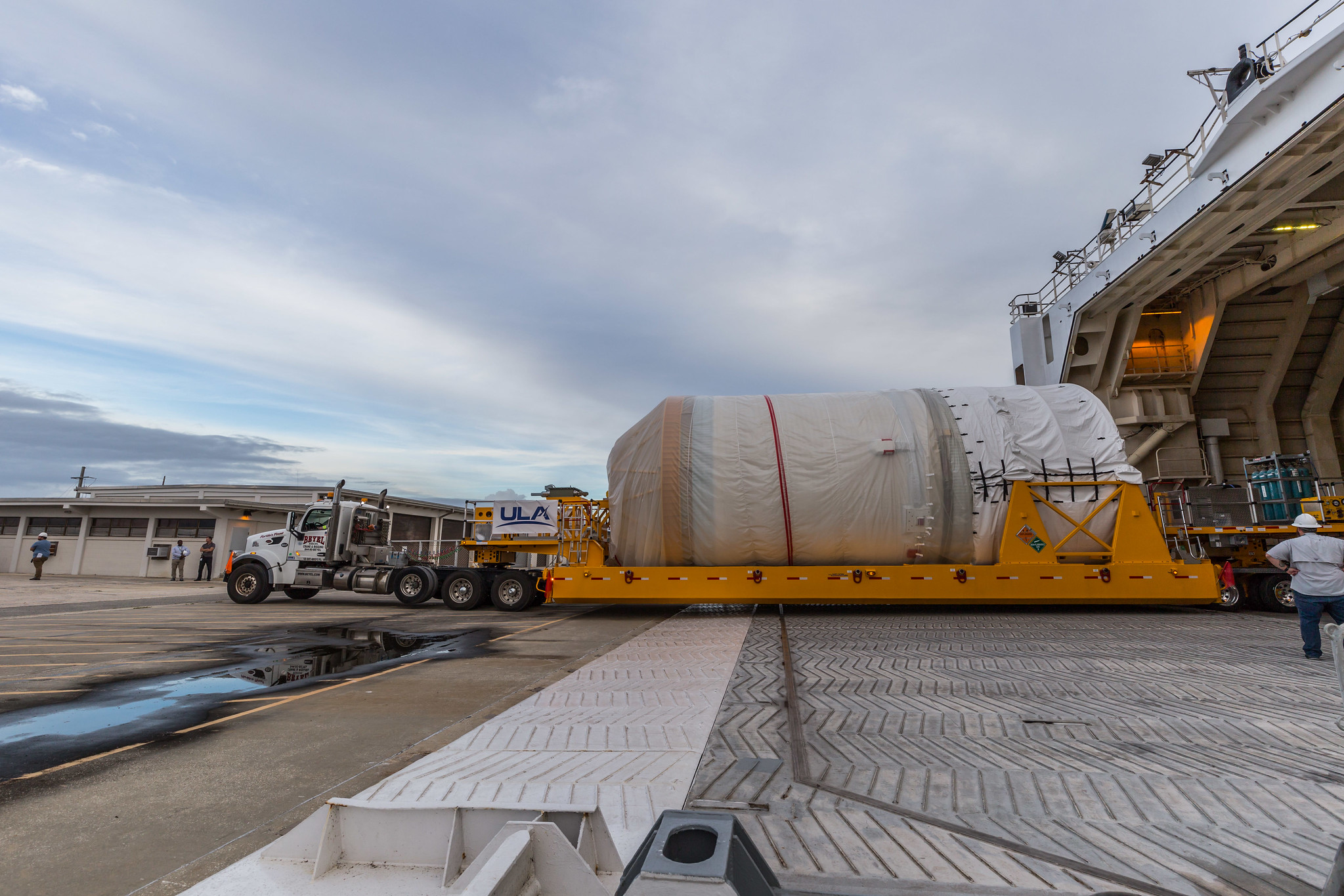Astrophysicists hope a map created by the Dark Energy Spectroscopic Instrument will help answer questions about the expansion of the universe
The telescope where DESI is mounted at Kitt Peak National Observatory, Arizona KPNO/NOIRLab/NSF/AURA/P. Marenfeld
The largest 3D map of the universe has been created by a specially designed instrument which scientists hope will eventually help solve the mystery of why the universe is expanding faster and faster.
The plot, produced by the Dark Energy Spectroscopic Instrument (DESI) in just seven months, catalogues about 8 million galaxies – double the number that scientists had been able to map before. It will get even bigger and more detailed as DESI continues a planned five-year survey, says Julien Guy at the Lawrence Berkeley National Laboratory in California.
The instrument, mounted on a telescope in Arizona, works by measuring how much the light emitted by distant galaxies shifts towards longer wavelengths. This property, called the red shift, represents how much the universe has expanded in the time that it took for that light to reach Earth.
“When we make this 3D map, what we are really doing is measuring the universe’s expansion history,” Guy says. “The only thing that we’re doing that is special here is that we are doing it more precisely.”
DESI’s 3D scan of the universe. Each coloured point represents a galaxy D. Schlegel/Berkeley Lab using data from DESI
DESI is expected to catalogue red shifts from over 35 million galaxies by 2026. The instrument can collect red shift data from 5000 different locations in the universe at any one time via 5000 robotically-controlled optical fibres.
The researchers hope that the more data they get, the more likely they are to find something that doesn’t fit with our current model of how the universe is expanding. Physicists speculate that dark energy, which makes up to 70 per cent of the universe, is responsible for the expansion. Much of the rest of the universe is thought to comprise of dark matter, the distribution of which underpins galaxy formation.
“In five years, we hope that we will find a deviation from this model of cosmology that will give us a hint of what really happens,” Guy says. “Because today we are a little bit stuck in a simple model that describes perfectly well the data , but doesn’t give us any new information.”
“DESI will be transformative in allowing us to connect the galaxies we can see with all our telescopes with that dark matter scaffolding,” says Amelie Saintonge at University College London. “With that information, we will be in a much better position to figure out fundamental questions about the universe, such as how dark energy is driving its expansion.”
Sign up to our free Launchpad newsletter for a voyage across the galaxy and beyond, every Friday
More on these topics:
Note: This article have been indexed to our site. We do not claim legitimacy, ownership or copyright of any of the content above. To see the article at original source Click Here













